Seed Collection in the City and its Purpose
In Seed Collection in the City and Its Purpose, learn from Garfias Álvarez José Carlos about the ecological value of urban wild plants and how their preservation begins with actions as simple as collecting and storing their seeds.
Collecting seeds from plants that grow wild in cities and their surroundings—often mislabeled as “weeds”—may seem insignificant or even useless to many people. However, this practice is actually very important for both park planning and garden design, as well as for the conservation of native species. Most of these plants are native and capable of surviving in highly modified environments, where space is limited, temperatures are more extreme, and available water is scarce. In addition, their presence in these urban areas already indicates some interaction with local pollinators. Building a small “seed bank” from these plants is not difficult, and here is what has worked for us in Mexico City:
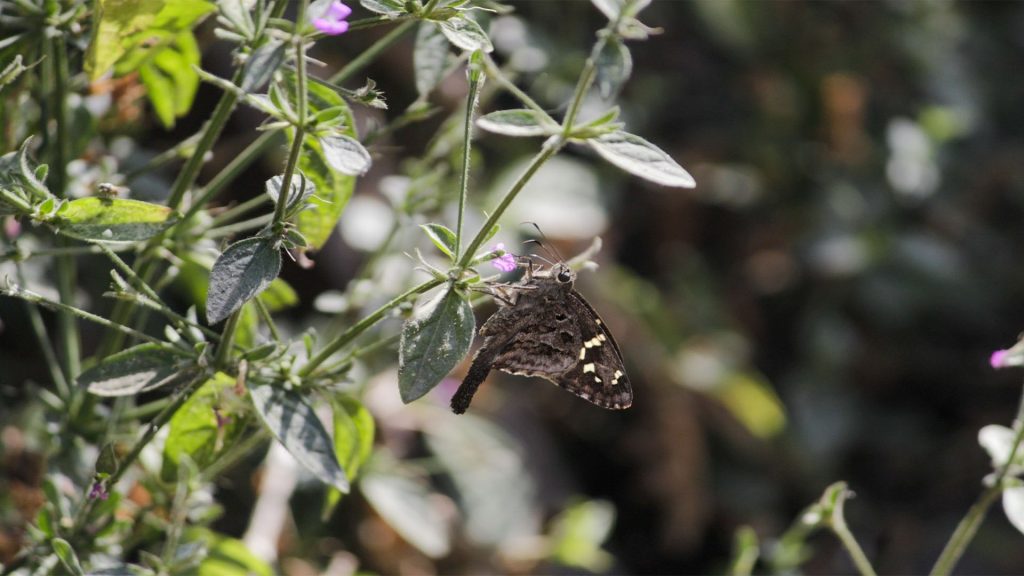
Mariposa Saltarina visitando malezas / Skipper visiting weeds
Fotografía / Photography: José Carlos Garfias Álvarez
1) Get to Know What Grows in Your Region:
To identify the species that might grow in your area, you can use platforms such iNaturalist México or Malezas de México from CONABIO
It’s also advisable to visit regional botanical gardens and seek a local specialist if you’re looking for recommended bibliography focused on a specific region or group of plants.
2) Identify, recognize, and observe the species:
Once you’re familiar with some of the species you might find, observe their behavior throughout the year. Since they are wild species, their flowering period may vary, but fruit and seed maturation usually occurs at the end of the rainy season.
We’ll take Mexican sage (Salvia mexicana) and velvet lantana (Lantana velutina) as examples, species that naturally inhabit forests, shrublands, and even some green areas in Mexico City.

Tlacote en CDMX / Mexican sage in CDMX
Fotografía / Photography: José Carlos Garfias Álvarez
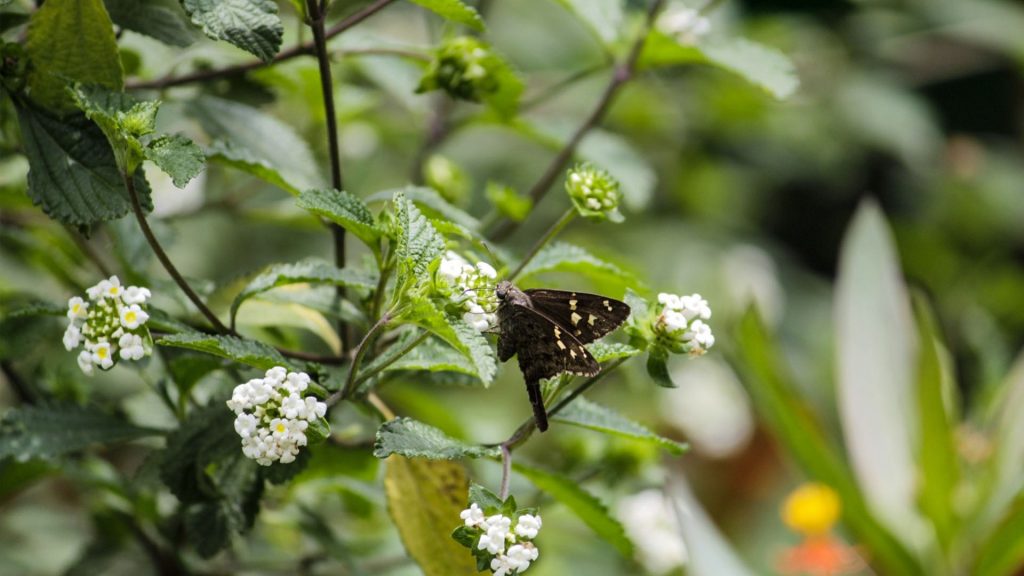
Lantana velutina en Azcapotzalco / Lantana velutina in Azcapotzalco
Fotografía / Photography: José Carlos Garfias ÁlvarezFotografía / Photography: José Carlos Garfias Álvarez
3) Collection and cleaning::
For plants with fleshy fruits, such as lantanas, you should collect the fruits once they are fully ripe, when they lose their green color and feel juicy to the touch.
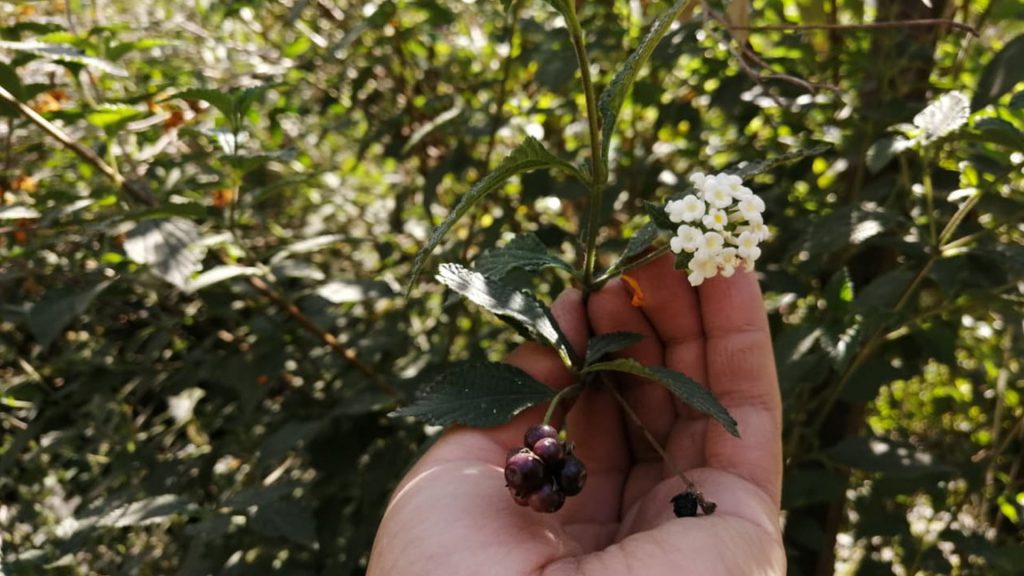
Frutos maduros de Lantana velutina / Ripe fruits of Lantana velutina
Fotografía / Photography: José Carlos Garfias Álvarez
To store the seeds, the pulp must be removed from the fruits and the seeds should be left to dry. This prevents fungal growth and allows them to germinate faster.
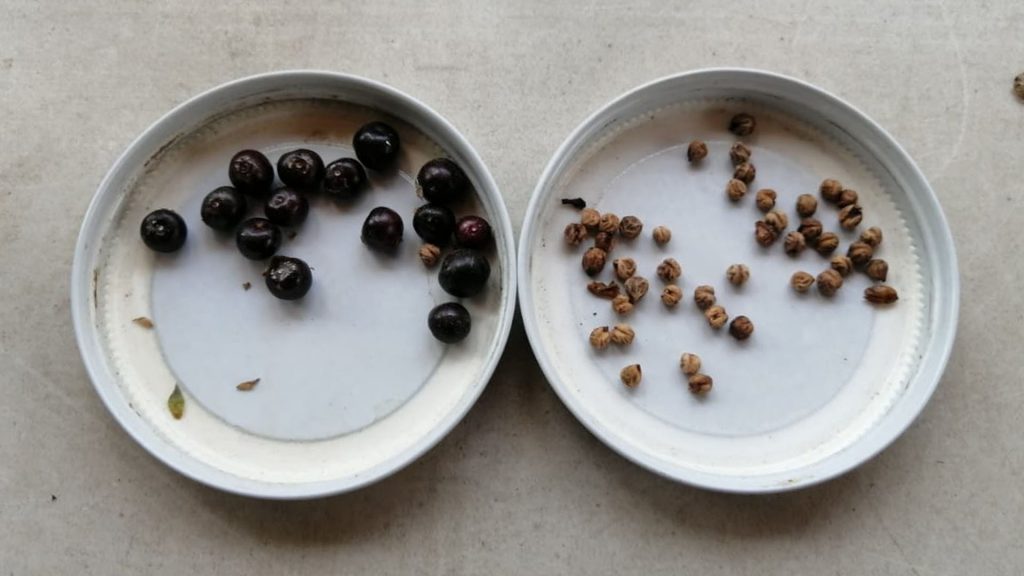
Frutos y semillas de Confiturilla / Fruits and seeds of Velvet Lantana
Fotografía / Photography: José Carlos Garfias Álvarez
Salvias, on the other hand, do not have fleshy fruits. Their seeds are found inside the dried flower parts, and to collect them, the dry stems are cut and shaken inside a closed container. This ensures that the seeds are kept clean and allows for the removal of insects that may damage them during storage.
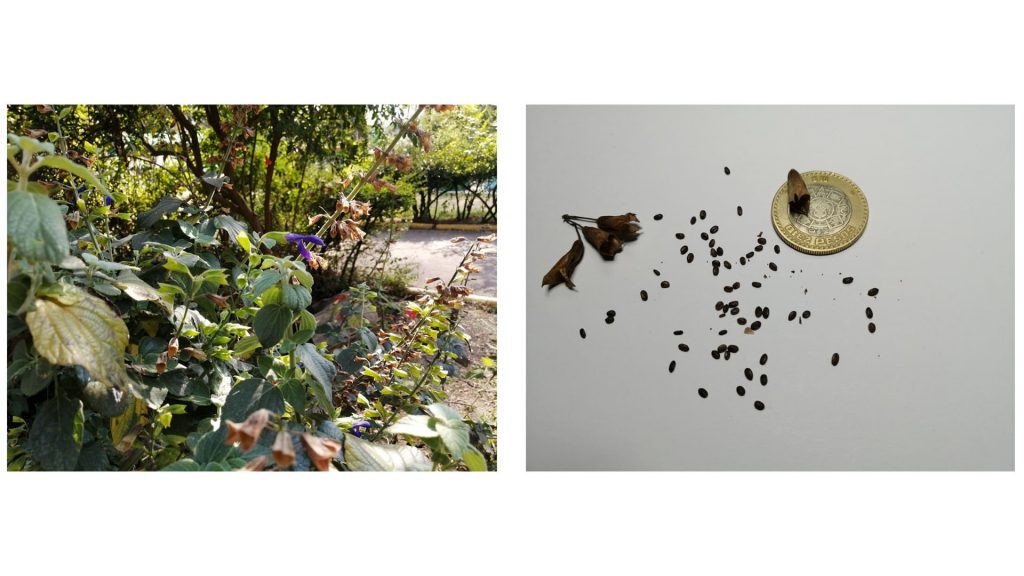
Limpieza de semillas de Tlacote / Cleaning Mexican sage seeds
Fotografía / Photography: José Carlos Garfias Álvarez
4) Store your seeds:
Seeds should be kept in labeled containers with the common name, species, location, and date. You may use one container per species, or if you only have a few seeds, several labeled envelopes can be stored together in the same jar to save space.
Some seeds can remain viable for months or even years, depending on the species and whether they are properly stored under refrigeration.

Frascos con semillas recién etiquetadas / Jars with freshly labeled seeds
Fotografía / Photography: José Carlos Garfias Álvarez
Properly storing seeds allows them to be transported and germinated even long after they were collected, making it possible to take planting material elsewhere or even use it for reintroducing species into affected areas.
Collecting and properly storing seeds makes it possible to use them for reintroducing plants into affected areas.






